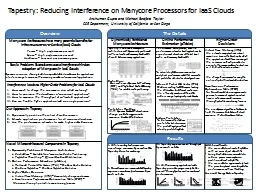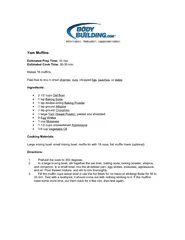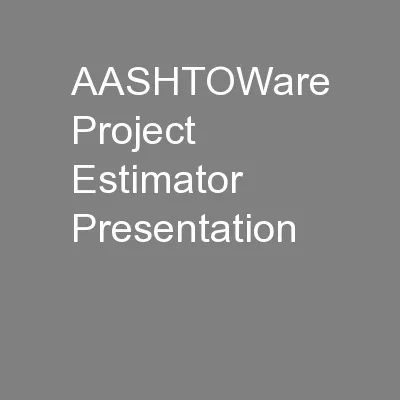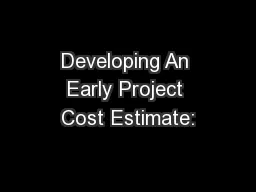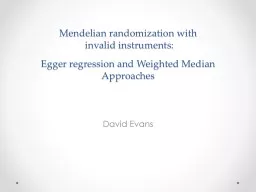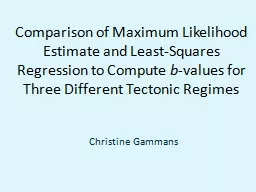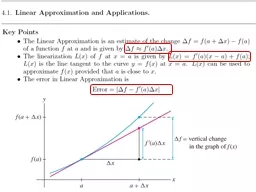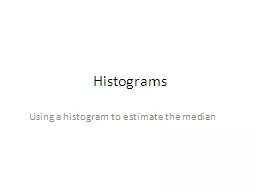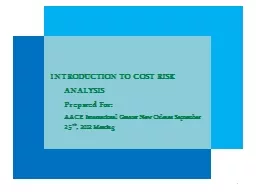PPT-We estimate an application’s
Author : nonhurmer | Published Date : 2020-07-03
virtual execution time as the duration for which the application should have run using all the resources on the chip in order to execute the same number of instructions
Presentation Embed Code
Download Presentation
Download Presentation The PPT/PDF document "We estimate an application’s" is the property of its rightful owner. Permission is granted to download and print the materials on this website for personal, non-commercial use only, and to display it on your personal computer provided you do not modify the materials and that you retain all copyright notices contained in the materials. By downloading content from our website, you accept the terms of this agreement.
We estimate an application’s: Transcript
Download Rules Of Document
"We estimate an application’s"The content belongs to its owner. You may download and print it for personal use, without modification, and keep all copyright notices. By downloading, you agree to these terms.
Related Documents

